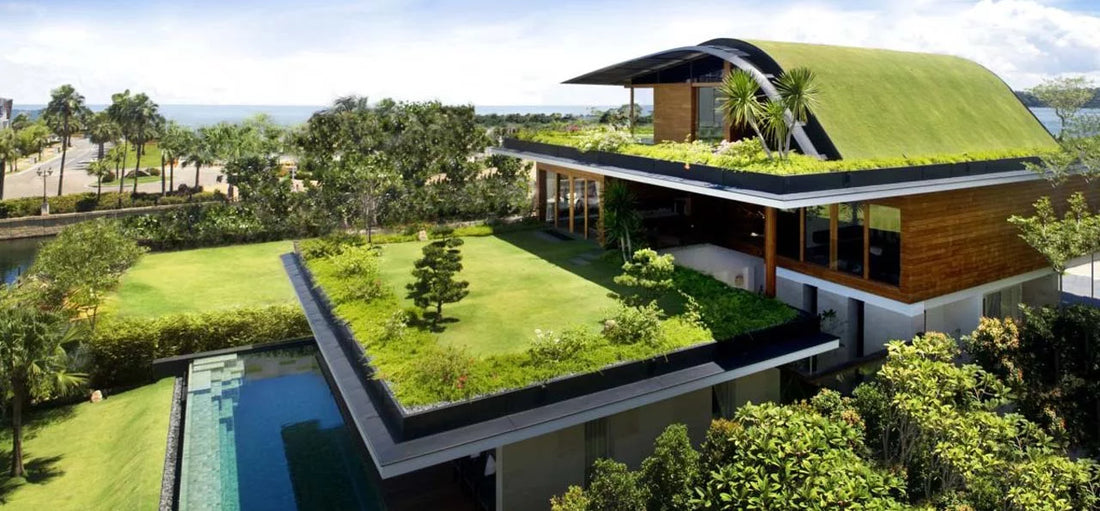
Incorporating Sustainable Design into Your Home
Share
Incorporating sustainable design into your home is a great way to help preserve the environment and create a healthy, energy-efficient space. Here are some tips for incorporating sustainable design into your home:
1. Energy efficiency:
Choose appliances, lighting systems, and electronics with high energy ratings. Use energy-efficient LED bulbs and consider installing solar panels to generate renewable energy.
2. Thermal insulation:
Improve your home's insulation to reduce heat loss in winter and heat gain in summer. This may include using double glazing in windows, insulating walls and roofs, and properly sealing doors and windows.
3. Use of sustainable materials:
Opt for sustainable building materials such as certified wood, bamboo, cork or bamboo flooring, paints and coatings with low VOC (volatile organic compounds) content, and tiles made from recycled materials.
4. Rainwater harvesting:
Install a rainwater harvesting system to reuse it for activities such as watering your garden or flushing your toilet. This reduces your water consumption and helps conserve a vital resource.
5. Use of natural light:
Plan your home to maximize natural light. Use large windows, skylights, and glass walls to make the most of daylight while reducing the need for artificial lighting.
6. Adequate ventilation:
Design your home to allow for adequate ventilation, allowing fresh air to circulate and reducing reliance on air conditioning systems. Consider installing ceiling fans or windows that can be opened to promote natural ventilation.
7. Efficient use of water:
Install water-saving devices such as low-flow showerheads, faucets with aerators, and dual-flush toilets. These measures can help reduce water consumption in your home.
8. Sustainable landscaping:
When planning your garden, opt for native plants that adapt to the local climate and require less water and maintenance. Also, consider creating a rain garden to filter and absorb rainwater.
9. Recycling and composting:
Make recycling easier in your home by providing appropriate containers for separating recyclable materials. Also, set up a composting area for food waste, turning it into fertilizer for your garden.
10. Sustainable furniture and decoration:
When choosing furniture and decorative items, give preference to pieces made from sustainable materials, such as certified wood, organic or recycled fabrics.
Remember that sustainable design is an ongoing process and that small changes can make a big difference. Start by implementing these tips in your home and look for other ways to reduce your environmental impact and create a healthier, more sustainable environment.
